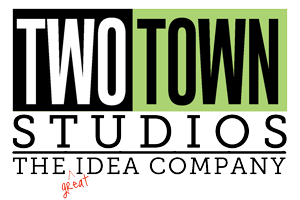Zoom Zoom
One of my favorite posts of late is a comment by my friend Ketra of AOP Studios, made a few weeks back in a discussion about a how-to book for Art Licensing: “frankly, anything written more than about 8 months ago is completely out of date”. (And kudos to the author, Michael Woodward, who commented and did not try to defend or dispute it, but rather he explained why her viewpoint had some validity.)
So I just finished a book called The 22 Immutable Laws of Branding along with the bonus 11 Immutable Laws of Internet Branding. Both were written a number of years ago, and I had to flash back to Ketra’s words of wisdom throughout the process of reading them. The authors offer a number of conclusions that may have made sense when they were writing the book, but now…well, you judge, here’s a few:
1. Advertising won’t work on the Internet
2. Yahoo won the information and search war.
3. Search engines will decline as people learn what they want to visit on the net.
4. AOL is the top dog among internet service providers.
5. E-Trade probably won’t make it as a new business.
6. Introducing Diet Coke was a mistake for Coke because it dilutes their brand.
7. Hyundai lacks product focus and isn’t likely to make it in the new world order.
Huh. My intent here is not to trash the book – Al and Laura Ries are smart people and there is a lot of good information in it – but rather to illustrate how rapidly our industry (and our world) is changing. The lifespan of usable information is no longer measured in decades, sometimes not even years, but in months, days and hours. A lot of what used to work in this business no longer does, and those artists who realize the old method of throwing crap against the wall until something sticks is GONE will be the ones whose name you see on the products. For the next few minutes anyway.
